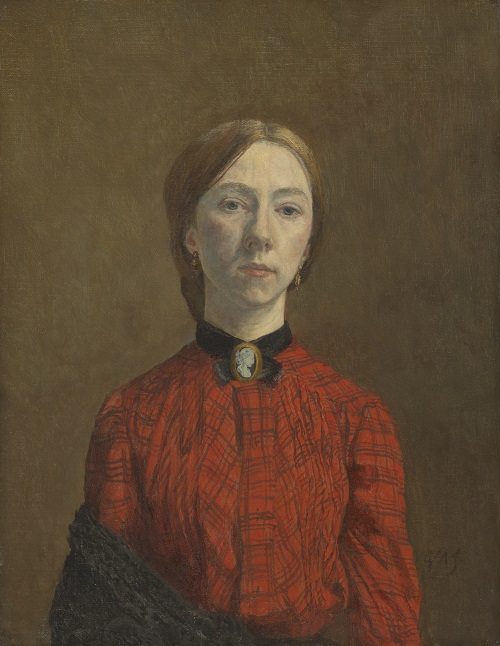 This Spring, Tate Britain presents work by over 100 women artists spanning 400 years to trace the time it has taken for women in Britain to gain recognition as professional artists.
This Spring, Tate Britain presents work by over 100 women artists spanning 400 years to trace the time it has taken for women in Britain to gain recognition as professional artists.
Amongst the artists to feature in Now You See Us: Women Artists in Britain 1520-1920 are well-known names such as Artemisia Gentileschi, Angelica Kauffman, Julia Margaret Cameron and Gwen John, alongside many others who are only now being rediscovered. Through 200 works including oil paintings, watercolours, pastels, sculpture, photography and more, the exhibition will share the story of these trailblazing artists.
Now You See Us begins at the Tudor court with Levina Teerlinc, many of whose miniatures will be brought together for the first time in four decades, and Esther Inglis, whose manuscripts contain Britain’s earliest known self-portraits by a woman artist. The exhibition will then look to the 17th century and to Artemisia Gentileschi , one of art history’s most celebrated women artists who created major works in London at the court of Charles I – including the recently rediscovered Susannah and the Elders 1638-40, on loan from the Royal Collection for the very first time.
In the 18th century, women artists took part in Britain’s first public art exhibitions, including overlooked figures such as Katherine Read and Mary Black, the sculptor Anne Seymour Damer, and Margaret Sarah Carpenter, a leading figure in her day but little heard of now. The show will look at Angelica Kauffman and Mary Moser, the only women included among the Founder Members of the Royal Academy of Arts. It took 160 years for membership to be granted to another woman.
The Victorian period saw a vast expansion in public exhibition venues. Now You See Us will showcase major works by critically appraised artists of this period, including Elizabeth Butler, Henrietta Rae and Annie Swynnerton.
And in the final section of the exhibition attention will turn to the first decades of the 20th century, with artists such as Gwen John, Vanessa Bell and Helen Saunders, who played an important role in the emergence of modernism, abstraction and vorticism.
Now You See Us: Women Artists in Britain 1520-1920 opens at Tate Britain on 16 May (until 13 October). For further information: tate.org.uk
Smith Greenfield is an independent insurance broker specialising in insurance for exclusive lifestyles and collectors of valuable objects including: art insurance, antiques insurance, jewellery insurance, watch insurance, vintage car insurance, fine wine insurance and more. To discuss specialist insurance for your lifestyle, please contact our Premier Client Adviser, Imran Moideen: imran.moideen@smithgreenfield.co.uk
Image: Gwen John, Self-Portrait, 1902. Photo Tate (Mark Heathcote and Samuel Cole)

